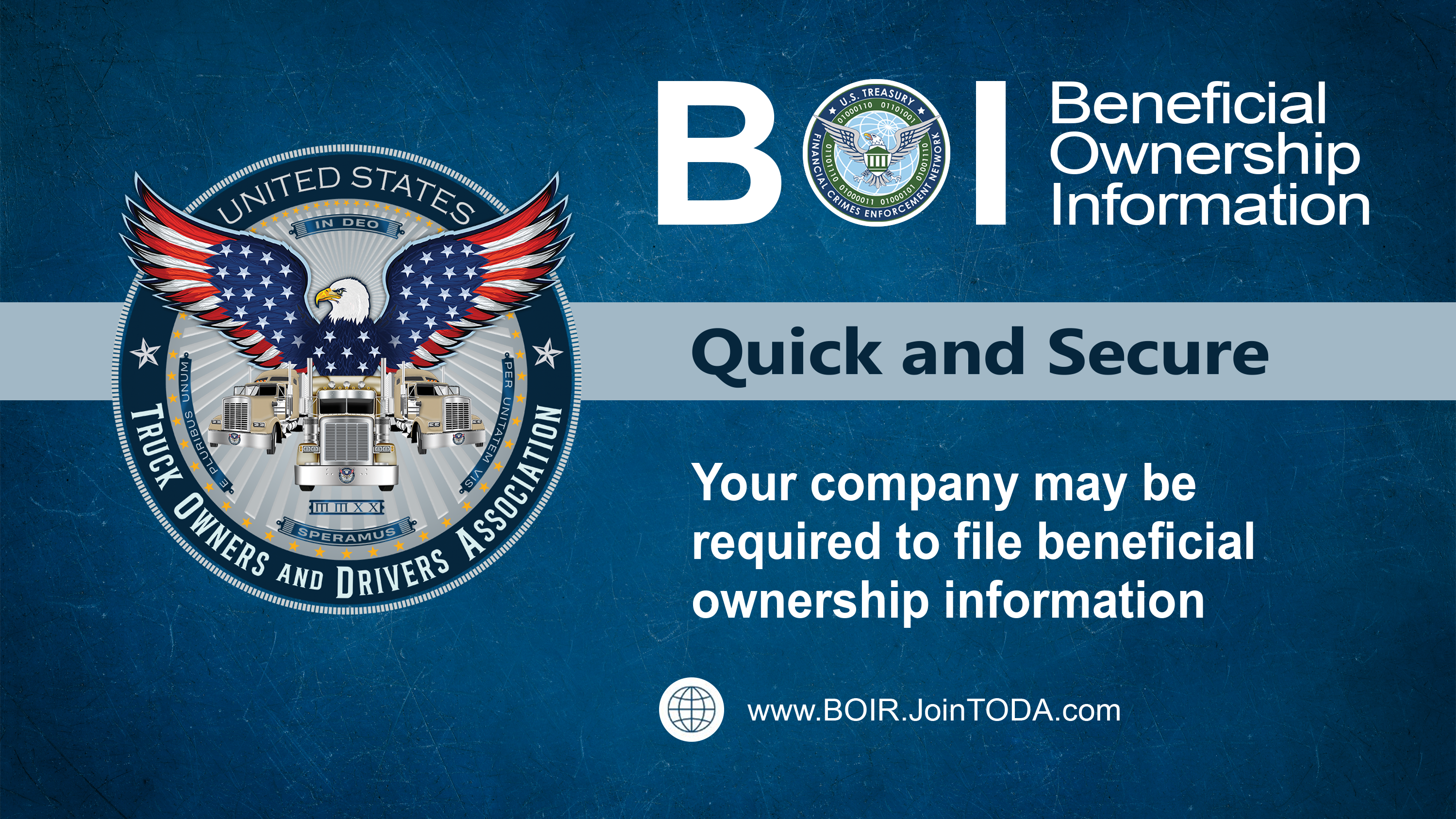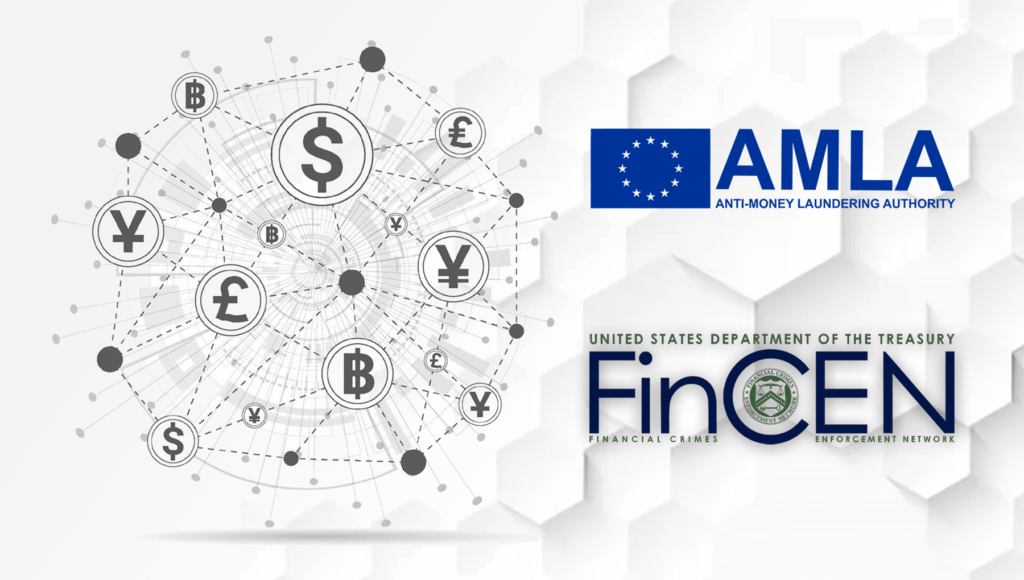Beneficial Ownership Rules in Europe (EU) and the United States (US)
Beneficial ownership rules in Europe and the U.S. are different but changing fast.
Beneficial ownership transparency has become a focal point in global efforts to combat money laundering and financial crimes. Both the United States and the European Union (EU) have implemented regulations to enhance the disclosure of individuals who exercise substantial control over corporate entities. While both jurisdictions share the common goal of financial transparency, their approaches differ in scope, accessibility, and implementation.
The Corporate Transparency Act in the United States
In the United States, the Corporate Transparency Act (CTA) was enacted as part of the National Defense Authorization Act for Fiscal Year 2021. The CTA mandates that certain business entities disclose information about their beneficial owners to the Financial Crimes Enforcement Network (FinCEN), a bureau of the U.S. Department of the Treasury. This legislation aims to deter illicit activities by preventing the misuse of anonymous shell companies.
Under the CTA, reporting companies are required to submit Beneficial Ownership Information (BOI) reports to FinCEN. These reports must include the full legal name, date of birth, residential or business address, and a unique identifying number from an acceptable identification document for each beneficial owner. A beneficial owner is defined as an individual who, directly or indirectly, exercises substantial control over the entity or owns or controls at least 25% of the ownership interests.
The implementation of the CTA has faced legal challenges. In December 2024, a federal judge in Texas issued a nationwide injunction blocking the enforcement of the CTA, citing concerns about its constitutionality and potential burdens on small businesses. However, subsequent legal proceedings, including a ruling by the U.S. Supreme Court in January 2025, have allowed the enforcement of the CTA to proceed while appeals are ongoing. As of February 2025, FinCEN has extended the reporting deadline to March 21, 2025, for most companies to comply with the BOI reporting requirements.
European Union Anti-Money Laundering Directives
The European Union has taken a proactive stance in promoting financial transparency through a series of Anti-Money Laundering Directives (AMLDs). The Fifth Anti-Money Laundering Directive (AMLD5), which came into effect on January 10, 2020, expanded the scope of entities required to disclose beneficial ownership information. AMLD5 mandates that all EU member states establish central registers containing information on the beneficial owners of corporate and other legal entities. These registers are intended to be accessible to competent authorities, financial intelligence units, and, under certain conditions, the public.
Building upon AMLD5, the Sixth Anti-Money Laundering Directive (AMLD6) aims to further harmonize and strengthen the EU’s approach to combating money laundering and terrorist financing. AMLD6 introduces stricter regulations, including a more precise definition of offenses and increased cooperation among member states. One significant aspect of AMLD6 is the clarification of access to beneficial ownership information, ensuring that individuals with a legitimate interest, such as journalists and civil society organizations, can access this data.
The upcoming Seventh Anti-Money Laundering Directive (AMLD7) is expected to address challenges identified in previous directives and further enhance the EU’s regulatory framework. While specific provisions of AMLD7 are still under discussion, it is anticipated that the directive will focus on improving the quality and accessibility of beneficial ownership data, as well as ensuring better coordination among member states.
Comparative Analysis: U.S. and EU Approaches
While both the U.S. and the EU aim to enhance transparency in corporate ownership to combat financial crimes, their approaches exhibit notable differences:
- Scope of Application: The CTA in the U.S. primarily targets privately held corporations, limited liability companies, and similar entities, with several exemptions, including publicly traded companies and entities already subject to stringent federal regulations. In contrast, the EU’s AML directives require all corporate and legal entities to disclose beneficial ownership information, encompassing a broader range of organizations.
- Accessibility of Information: Under the CTA, the BOI reported to FinCEN is confidential and accessible only to authorized government authorities and financial institutions for compliance purposes. The information is not publicly available. Conversely, the EU mandates that beneficial ownership registers be accessible to the public, although access may be subject to demonstrating a legitimate interest, especially following legal interpretations by the Court of Justice of the European Union.
- Implementation and Enforcement: The U.S. has faced legal challenges that have delayed the implementation of the CTA, leading to uncertainty and extensions of reporting deadlines. In the EU, while member states are required to transpose AML directives into national law, the consistency and timeliness of implementation have varied, leading to disparities in how beneficial ownership information is collected and accessed across the union.
Conclusion
The efforts by both the United States and the European Union to enhance beneficial ownership transparency reflect a global commitment to combating financial crimes. While their strategies differ in terms of scope, accessibility, and implementation, both jurisdictions recognize the importance of identifying individuals who exercise substantial control over corporate entities. As legal and regulatory landscapes continue to evolve, ongoing dialogue and cooperation between the U.S. and the EU will be crucial in harmonizing approaches and effectively addressing the challenges of money laundering and illicit financial activities.
As part of the National Defense Authorization Act of 2021 Congress adopted the Corporate Transparency Act (or “CTA”). The CTA includes some of the most significant changes to US anti-money laundering (“AML”) laws in recent years.
Despite an EU-wide mandate known as the Fifth Anti-Money Laundering Directive (“5AMLD”), however, EU member states remain inconsistent. Although 5AMLD requires member states to adopt laws to require disclosures from private companies, member states have not yet adopted uniform rules.
Beneficial Ownership Rules
In the U.S., the CTA requires corporations, partnerships, limited liability companies and other businesses to file a report that discloses their beneficial ownership. Before the CTA it was possible to form most companies without publicly disclosing the owners of the entity. The CTA will end that practice and will compel most companies disclose their ownership.The new law will require non-exempt entities to file a report with FinCEN, the Financial Crime Enforcement Network, an agency of the U.S. Treasury Department.
The CTA requires the Treasury Department to issue regulations by January, 2022 that will require corporations, partnerships, limited liability companies and similar entities formed or registered to do business in the United States (“covered entities”) to report and verify the identity of their beneficial owners to FinCEN at the time of their formation and within a year of any changes to their beneficial ownership. The law gives existing covered entities no more than two years from the effective date of the regulations to submit reports on their beneficial owners. New covered entities must report at the time of formation or registration after the effective date of the regulations.
The CTA defines “beneficial owner” to include any individual, directly or indirectly, through any contract, arrangement, understanding, relationship or otherwise who:
- Exercises substantial control over the covered entity, or
- Holds at least 25 percent of the ownership interests of the covered entity.

In the EU, the laws of the member states require different levels of disclosure. In the U.S. system, beneficial reporting under the CTA is focused on shell companies and privately owned entities. The CTA exempts publicly-traded companies, banks, and most companies that are subject to some form of regulatory supervision.
In contrast, the EU rules require all companies to report their beneficial ownership.
Access to Data in Europe and U.S.
A second point of contrast is how accessible the beneficial reporting data is to the public. In the U.S., the CTA requires that beneficial ownership data be kept in confidence by FinCEN. Only a handful of regulatory agencies may access the data, and then only for permitted regulatory and law enforcement purposes.
In contrast, the EU system under 5AMLD requires that all beneficial ownership data be accessible by the public. It has not been uniformly implemented that way, but the EU mandate requires it.
FinCEN will have access to and will maintain reportable information, and can only disclose information upon receipt of an appropriate request from a U.S. federal law enforcement, national security or intelligence agency; a U.S. nonfederal law enforcement agency if a court has authorized such agency to seek the information in a criminal or civil investigation; a financial institution subject to customer due diligence requirements to facilitate its compliance obligations; or to certain federal regulatory agencies.


